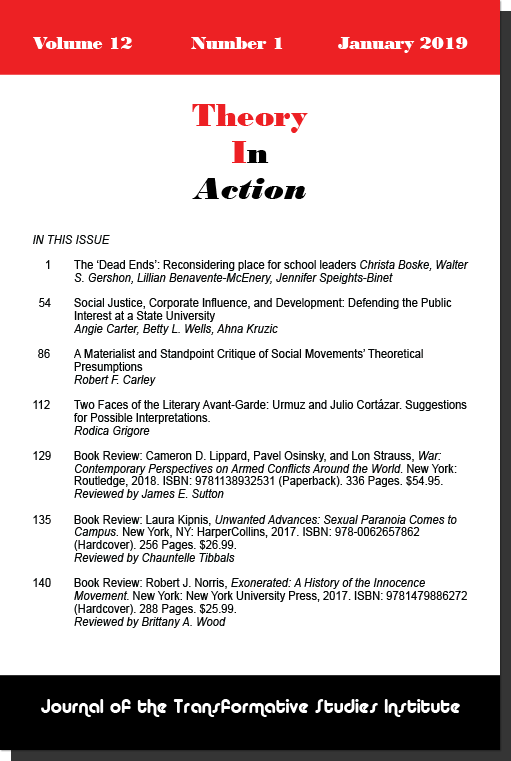David Solnit and Rebecca Solnit
AK Press (2009)
Reviewed by Ernesto Aguilar
David Solnit asks, “who has the power and resources to define our history and thus shape what people think?” It is a premise that shapes the awkwardly titled AK Press offering The Battle of the Story of the Battle of Seattle, a primer for activists concerned not only with the principles of movements, but how those movements’ stories are told to broader audiences.
Making good on that premise is sadly what proves to be elusive.
As many movements take stock and try to make sense of what was gained from the 1999 anti-World Trade Organization protests in Seattle, many books analyzing the anti-globalization movement have come to pass. This one indirectly examines the subject of how a movements deals with its own successes.
While it is impossible to quantify the anti-globalization struggle in policy or trade wins, authors David and Rebecca Solnit relate tasks few organizers on the ground ever really deal with. Yet those reputed dilemmas are symbolic of victories all their own. What are the problems of celebrities representing you, or the New York Times covering your effort? Though these things may seem surreal to most, movements can suddenly explode into the public consciousness, as they did in 1999. An organizer’s awareness of how quickly things can change to where one deals with even the surreal is necessary.
The challenge of telling that story is doing so in a way that relates the participants’ integrity while understanding the restraints of storytelling in a mainstream context. The Solnits talk about disparate issues like the Times and the feature-length Battle of Seattle. But their advice for storytelling is helpful for any activist talking about movements.
How to avoid trying to control the story in some cases needs to be cut into. A curious aspect of the book are efforts to estrange anarchism from black blocs. Solnit and Chris Dixon offer comments that seem to present a distance between bonafide anarchists and black bloc rebels, to which illegitimacy in the anarchist movement is implied. One passage even seeks to associate black blocs with Germany’s Autonomen, most of whom were not anarchists (accurate), while avoiding that, in the United States at least, such phenomena are almost exclusively the domain of self-identified anarchists. The tension between the respectable anarchists and the less-respectable ones does not truly get explored in this volume, but might be worth consideration elsewhere.
The Battle of the Story of the Battle of Seattle is immersive in its approach. Organizers can only hope to pick up such needed lessons as forces for change gain momentum.
